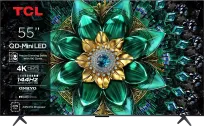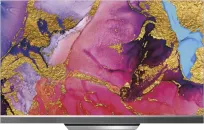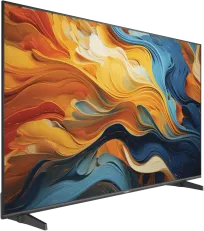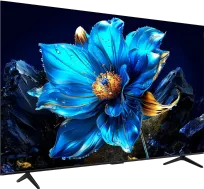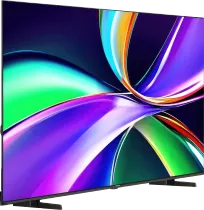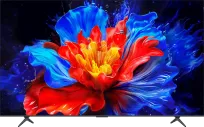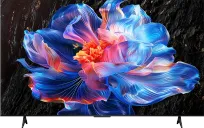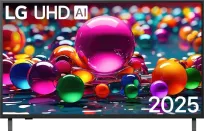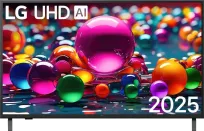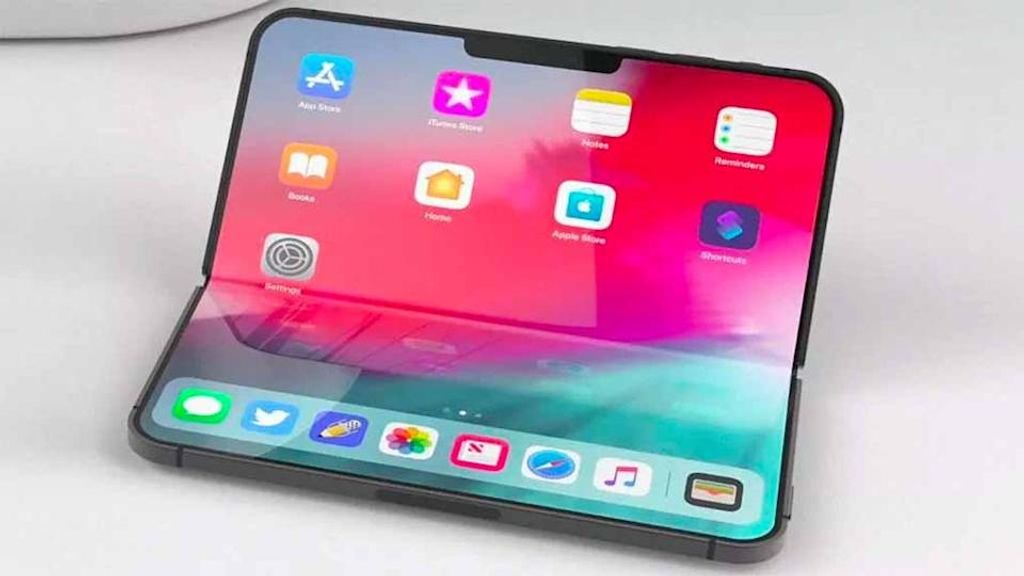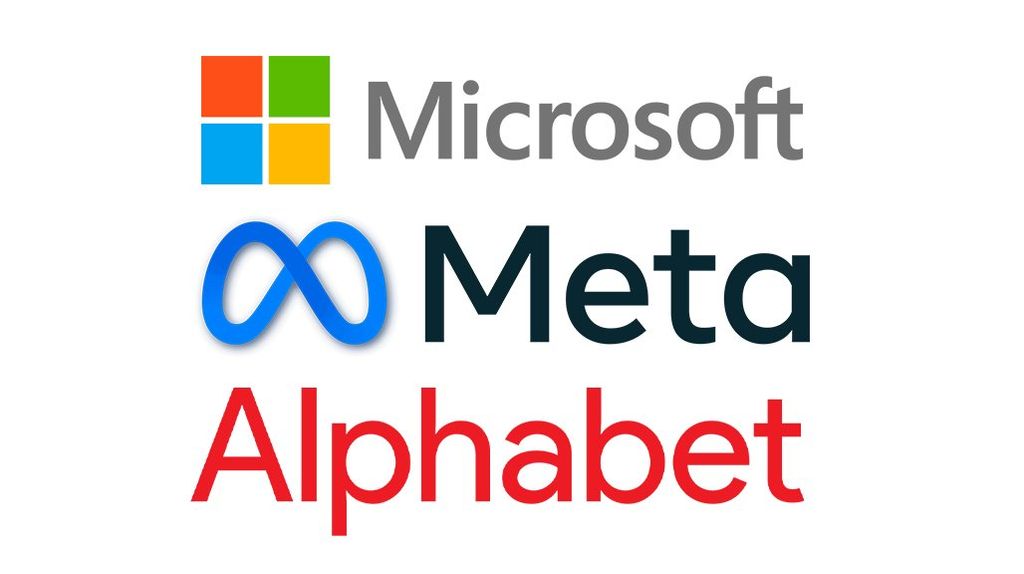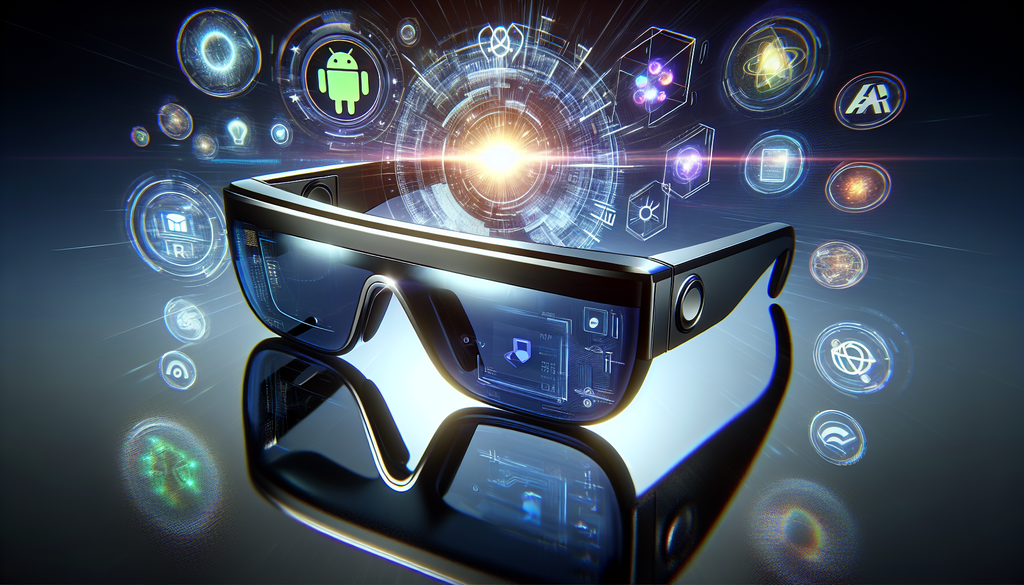
After years of silence, Magic Leap is once again trying to establish itself in the augmented reality market. The company presented a prototype of Android XR smart glasses, created as part of an expanded collaboration with Google. As emphasized, the project is intended to serve as a “reference design” for the entire Android XR ecosystem, a model upon which other manufacturers can base their own constructions.
What do we know about the new prototype?
The new Magic Leap glasses resemble other modern AR models — with thicker frames concealing the electronics and a camera on the left side. The detailed specifications have not yet been revealed, but the company has confirmed that it has combined waveguides and optics from Magic Leap with a microLED light engine from Raxium by Google. This combination is expected to deliver better brightness, energy efficiency, and reduced weight, bringing us closer to the goal the industry has been working towards for years — AR glasses that can be worn all day without discomfort.
Android XR — the new foundation of augmented reality
The prototype operates on Android XR, a new operating system from Google dedicated to mixed and augmented reality. This is the same system that powers the Samsung Galaxy XR, unveiled just a week ago. Google is clearly striving to create a coherent XR ecosystem that will connect glasses, goggles, and other devices into one platform — similar to how Android dominated the smartphone world.
From Collapse to Recovery
Magic Leap has a tumultuous history. The company's first model was a catastrophic failure — only 6,000 units sold in six months, which practically ended the brand's consumer ambitions. Following this failure, the company shifted to the business market, launching Magic Leap 2 in 2022.
In the same year, the Public Investment Fund of Saudi Arabia became the majority shareholder of Magic Leap and invested over one billion dollars in the company's development. Since then, Magic Leap has focused on licensing its technology and collaborating with partners, rather than creating hardware on its own. In 2024, the company underwent another restructuring — laying off 75 employees and focusing on technological collaboration with other giants.
Google + Magic Leap = a new beginning
The collaboration with Google took off in earnest in 2024, when both companies announced a joint project for the "enhancement of XR technology potential". According to reports, Google employed around 100 Magic Leap specialists, who are now working on the development of Android XR. The new glasses are the first tangible result of this collaboration — and likely the announcement of a larger plan in which Magic Leap will become a key partner of Google in the AR segment.
What’s next for Magic Leap?
It is still unclear whether Magic Leap plans to return to the consumer market or will rather focus on providing technology for other manufacturers. But one thing is certain — Android XR is becoming a real ecosystem, and the competition with Apple VisionOS and Meta Horizon OS is just beginning to heat up. If these prototypes actually reach developers, the year 2026 could be a breakthrough for AR in Google's version.
Magic Leap, after years of setbacks, is returning with a project that could transform its image — not as a hardware manufacturer, but as a technology supplier for the new generation of XR devices. Combined with Android XR and support from Google, the company has a chance to become one of the pillars of the upcoming era of augmented reality.
 Katarzyna Petru
Katarzyna Petru